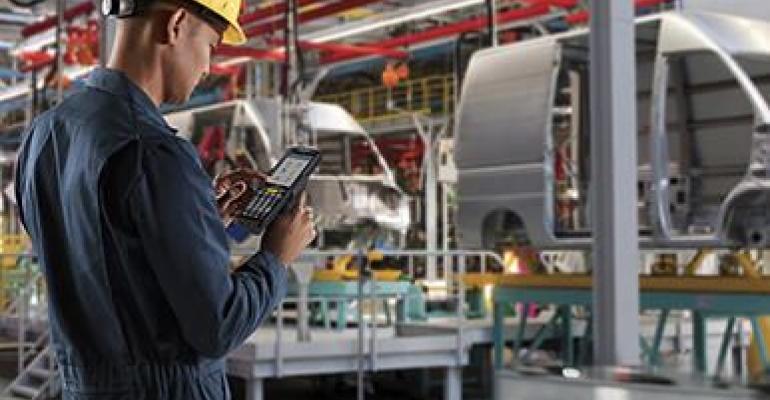I’m not much of a mechanic or handyman. I did grow up helping my dad work on cars in our garage, circa 1980s, and was his gopher to fetch tools and parts. I vividly remember his frustration when I brought him the wrong tool or when we had to take multiple trips to the local auto parts store to get that one last part to get the car up and running – again.
Starting a project and not having what you need readily available is a common frustration. A personal frustration is one thing, but not having what you need in an automotive assembly line can create major production problems. The automotive supply chain is a complex beast that somehow gets subassemblies and parts to the assembler in time to support a scheduled build routine.
When that process breaks down, or those components aren’t received and placed at the line, then production is interrupted to the tune of several hundred dollars a minute.
Today’s automotive assembly processes call for managing builds down to the minute to ensure downstream commitments are met with the resources on hand. The industry is turning to modern track-and-trace solutions to ensure the right asset is at the right place at the right time.
Buyers want visibility into the process, with regular status updates on the vehicle they’ve ordered, and manufacturers can benefit from sensor-based technology to automatically track the build process. What do I mean by a “sensor-based” approach? Traditionally, when assets are received at an assembly facility, someone must act to capture the receipt of that shipment. This ranges from clipboards to data entry into a terminal to barcoding on a handheld computer. Bottom line, the planning systems don’t know an asset is available until a human enters that receipt into the system. Otherwise, that critical component doesn’t exist to the planners.
Given the labor market and increased production, the use of sensing and monitoring systems technologies are expected to grow over the next five years. These include sensing solutions such as radio-frequency identification (RFID) to automatically capture assets arriving at a facility. This event automatically triggers a receipt into the computer and lets the planning system know those assets are available.
Now that we know the asset is within the four walls of the facility, manufacturers need to ensure the asset is going to be at the right place in the assembly process at the right time. RFID is leveraged to automatically sense that parts, components and containers are in the right place, and that there are enough assets on the line and in storage locations to meet the planned demand. RFID can ensure reliable, timely information is provided to planning systems to make informed decisions.
Most organizations leverage handheld computers and barcode scanning to track the movement of assets and manage inventory. The difference is that sensing technology provides real-time information without human intervention, which drives efficiency and reduces reliance on labor in a constrained labor market.
 RFID was a science fiction solution 5 to 10 years ago but is now science fact and is being widely adopted and implemented. The technology has matured in capability and its value proposition makes for a strong business case. RFID has several options depending on the workflows and environment. Passive RFID inlays can be added to existing paper labels and tracked via handheld devices as assets pass by a doorway, or an event is tracked within ceiling devices for more real-time tracking capabilities.
RFID was a science fiction solution 5 to 10 years ago but is now science fact and is being widely adopted and implemented. The technology has matured in capability and its value proposition makes for a strong business case. RFID has several options depending on the workflows and environment. Passive RFID inlays can be added to existing paper labels and tracked via handheld devices as assets pass by a doorway, or an event is tracked within ceiling devices for more real-time tracking capabilities.
A wide variety of track-and-trace solutions is available. The key for senior leaders responsible for production and logistics is to have an open conversation with a trusted solution provider. To get started, invite a solution provider to walk through your environment and have a brainstorming session on what is needed to increase your organization’s ability to meet the expectations of today’s customer.
John Wirthlin (pictured, above left) is Industry Principal for Manufacturing, Transportation & Logistics at Zebra Technologies.





